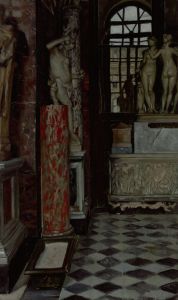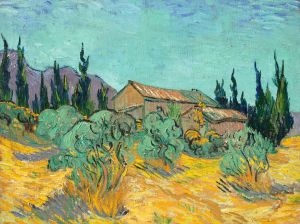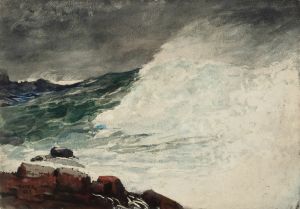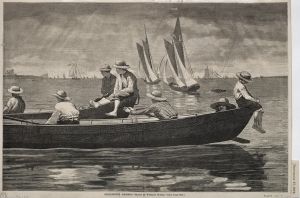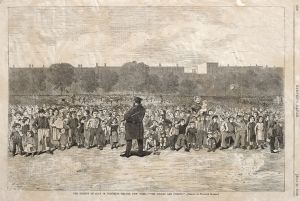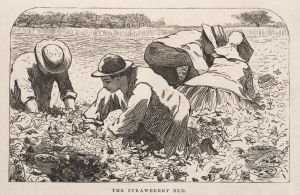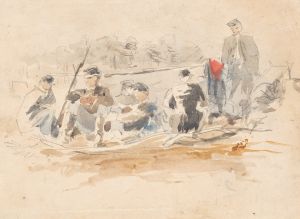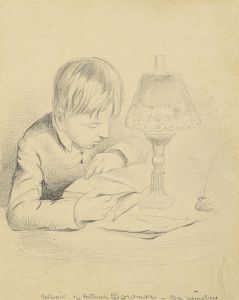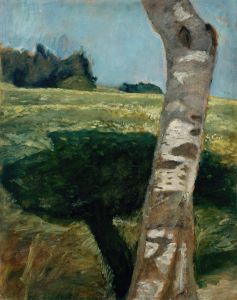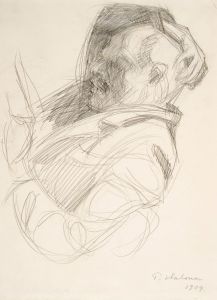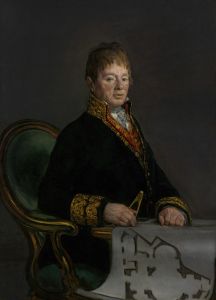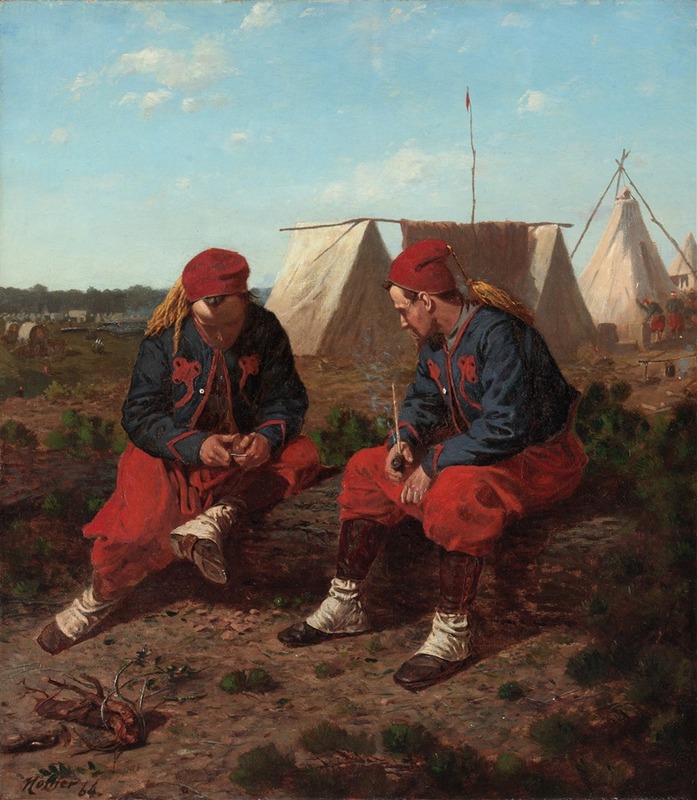
The Brierwood Pipe
A hand-painted replica of Winslow Homer’s masterpiece The Brierwood Pipe, meticulously crafted by professional artists to capture the true essence of the original. Each piece is created with museum-quality canvas and rare mineral pigments, carefully painted by experienced artists with delicate brushstrokes and rich, layered colors to perfectly recreate the texture of the original artwork. Unlike machine-printed reproductions, this hand-painted version brings the painting to life, infused with the artist’s emotions and skill in every stroke. Whether for personal collection or home decoration, it instantly elevates the artistic atmosphere of any space.
"The Brierwood Pipe" is a watercolor painting created by the American artist Winslow Homer in 1864. Homer, known for his contributions to American realism and his depictions of 19th-century life, produced this work during the American Civil War. The painting reflects Homer’s interest in capturing the everyday experiences of soldiers and civilians during this tumultuous period in American history.
The artwork portrays two Union soldiers seated on the ground in a moment of rest. One soldier is depicted carving a pipe from a piece of brierwood, while the other observes. The scene is intimate and informal, emphasizing the human side of war rather than its violence or grandeur. Homer's use of watercolor in this piece demonstrates his skill in the medium, with delicate washes and precise details that bring the figures and their surroundings to life.
"The Brierwood Pipe" is notable for its focus on the personal and mundane aspects of military life, offering a contrast to the more dramatic or heroic depictions of war that were common at the time. This approach aligns with Homer’s broader artistic interest in realism and his ability to find beauty and significance in everyday moments.
The painting was created during Homer’s time as an artist-correspondent for Harper’s Weekly, a popular illustrated magazine of the era. His work for the publication often involved documenting scenes from the Civil War, which provided him with firsthand exposure to the lives of soldiers. These experiences informed many of his artworks, including "The Brierwood Pipe."
Today, "The Brierwood Pipe" is recognized as an important example of Homer’s early work and his contributions to American art. It is held in the collection of the Metropolitan Museum of Art in New York City, where it continues to be appreciated for its historical and artistic significance.





